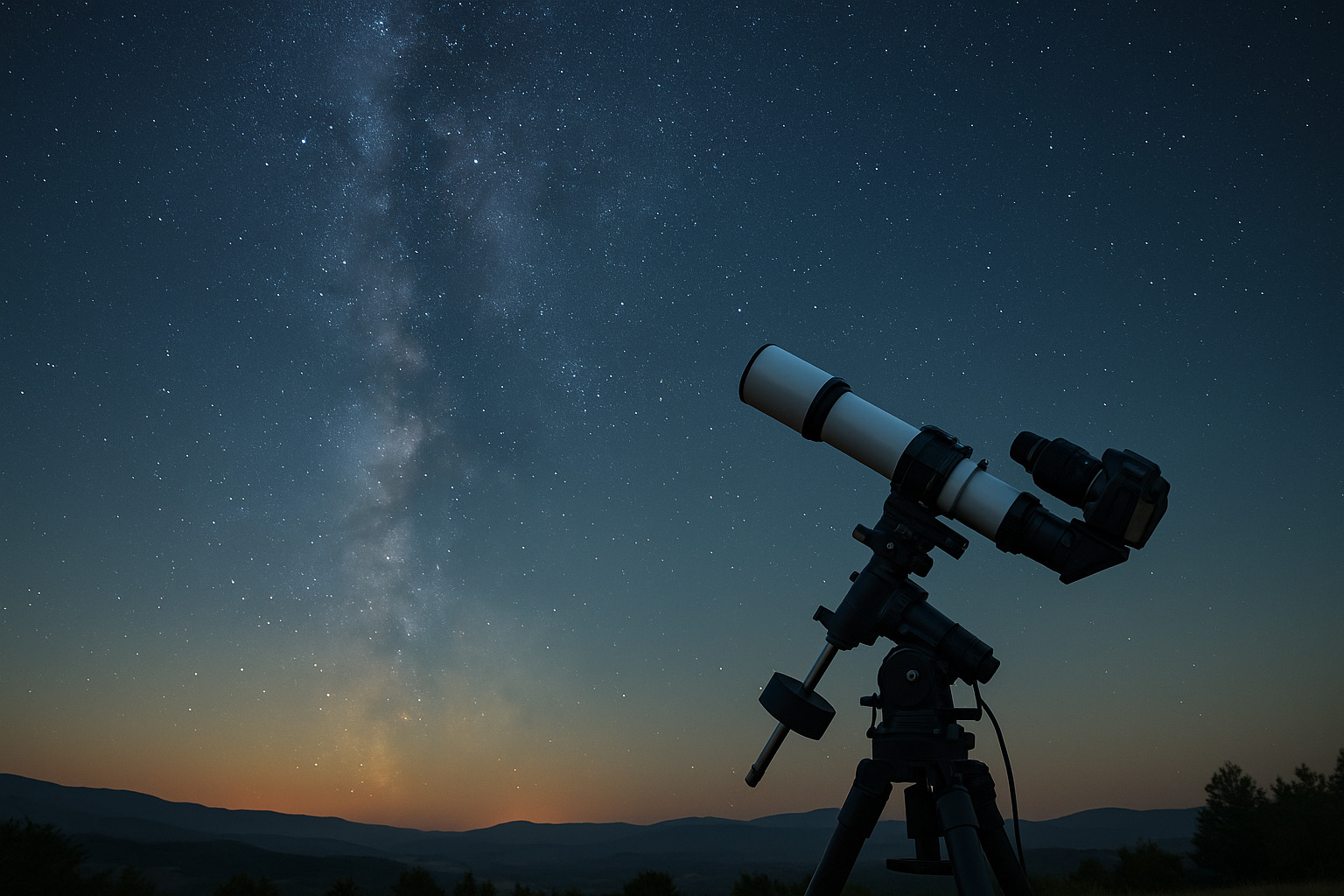Astrophotography is all about timing. Seasonal objects appear for short windows, and knowing how long you have to capture them can mean the difference between stunning images and missed opportunities. Planning observation sessions around predictable celestial events ensures you get the best frames before they drift out of view. Understanding these timelines allows photographers to prepare gear, scout locations, and track conditions with precision.
Why Timing Matters in Astrophotography
Every celestial object has an optimal viewing period. The Earth’s tilt and orbital position control which constellations, nebulae, and planets are visible at certain times of the year. A galaxy seen prominently in spring might sink below the horizon by early summer. Atmospheric clarity, moon phases, and seasonal weather patterns further influence results. Scheduling imaging sessions around these factors leads to sharper, brighter captures. A how many days between calculator can help track how long you have before these seasonal objects dip below the horizon, especially when planning multi-night sessions or balancing different targets.
Seasonal Targets and Their Viewing Windows
Winter Wonders
- Orion Nebula (M42)
Best captured from December to February, when Orion rises high in the evening sky. Its bright emission clouds are ideal for beginners. - Horsehead Nebula
Visible near Orion’s Belt, peaking in January under dark skies. Longer exposures highlight its dark silhouette against the glowing background. - Pleiades (M45)
Shines brightly through winter months. Short exposure times reveal delicate star clusters, but wide-field shots benefit from hours of integration.
Spring Highlights
- Whirlpool Galaxy (M51)
March to May offers the clearest view. Spiral structure appears well-defined with moderate exposure times. - Leo Triplet Galaxies
Visible in April, ideal for deep-sky enthusiasts seeking multiple objects in one frame. - Beehive Cluster (M44)
A bright open cluster in Cancer, visible from late February to early May.
Summer Spectacles
- Lagoon Nebula (M8)
Best photographed from June to August, reaching high altitudes in the Milky Way’s rich star fields. - Eagle Nebula (M16)
Its famous Pillars of Creation shine brightest in July, requiring longer exposures for fine detail. - Ring Nebula (M57)
Found in Lyra, visible from June to September, excellent for beginners transitioning to planetary nebulae.
Autumn Favorites
- Andromeda Galaxy (M31)
Dominates autumn skies from September to November, ideal for wide-field imaging. - Triangulum Galaxy (M33)
Visible alongside Andromeda, with late October offering minimal atmospheric interference. - Helix Nebula
Best captured in early autumn before it dips below the horizon.
Factoring Moon Phases and Weather
Bright moonlight washes out faint details in deep-sky objects. Plan sessions around the new moon for galaxies and nebulae. Lunar photography itself peaks around the first or last quarter, when shadows reveal crater depth. Seasonal weather patterns also shape planning. Winter skies are often clearer but colder, while summer humidity can reduce sharpness.
Building a Personal Astrophotography Calendar
- List Seasonal Targets
Write down galaxies, nebulae, and clusters visible during each season. - Check Rising and Setting Times
Use star charts or apps to note when objects are highest in the sky. - Mark Moon Phases
Plan deep-sky sessions near the new moon and lunar imaging near quarter phases. - Track Visibility Windows
Calculate how many days remain before an object dips below the horizon or becomes washed out by seasonal light conditions. - Review Weather Trends
Record local patterns to predict your clearest observation nights.
Long-Term Projects and Data Integration
Some objects require dozens of hours of exposure spread over weeks. Galaxies such as Andromeda benefit from multi-session imaging where data is combined for noise reduction and detail enhancement. Calculating the days between optimal nights helps ensure consistency in framing and lighting conditions, crucial for stacking images effectively.
Final Thoughts
Astrophotography thrives on preparation. Aligning shooting schedules with seasonal visibility, moon phases, and weather conditions leads to remarkable results. Each season offers its own wonders, and with careful planning, those fleeting moments can be turned into lasting images.
